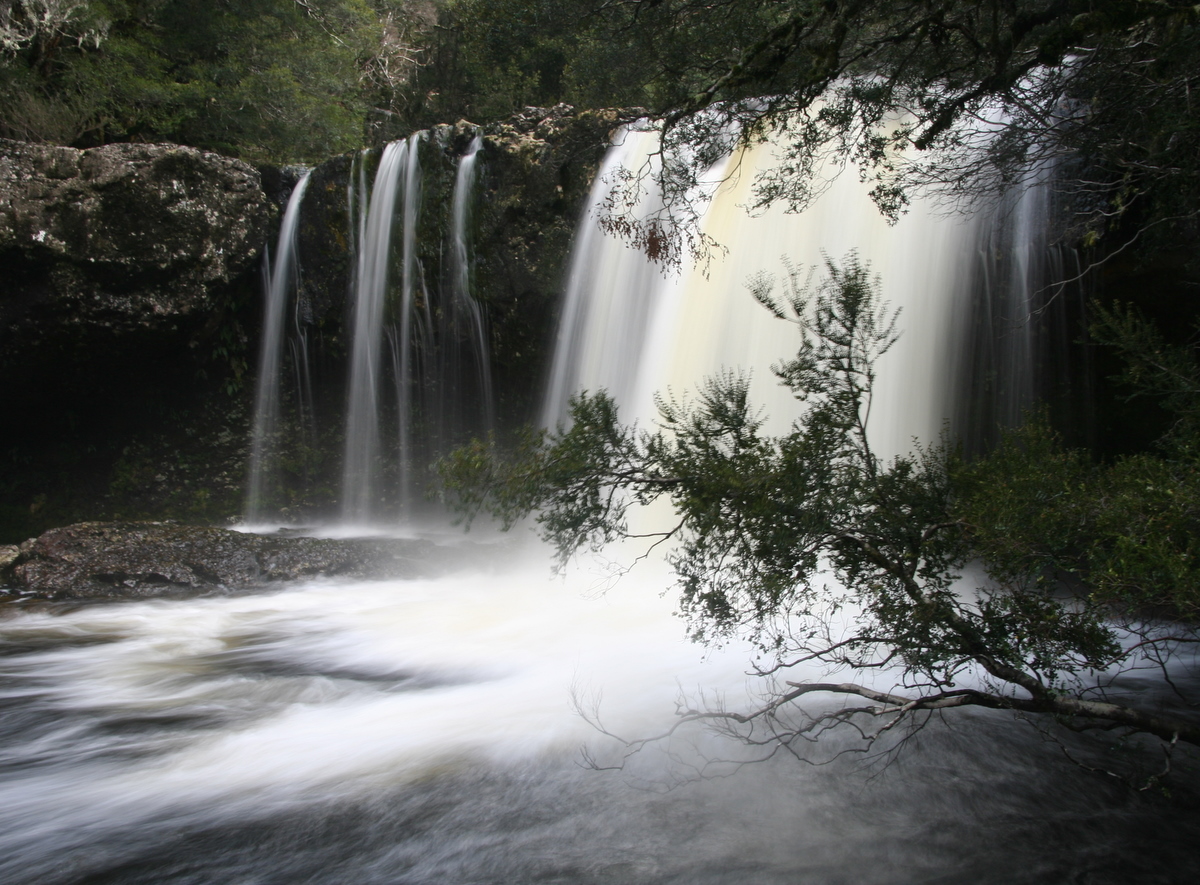“Tasmania: Paradise at the End of the World” is a nature
documentary about wildlife and conservation in Tasmania, the island-state of
Australia. It also deals with colonial history.
I got mixed feelings watching this production, since it literally *never* mention the genocidal war of the settlers against the Aboriginal population. This makes the romantic angle about “preserving nature as it originally was” look more absurd than usual. 19th century loggers and miners are painted as heroes, which is surely unusual in a nature documentary, but the viewer is given the impression that Tasmanian history started with these heroic settler-proletarians, when in reality Tasmania has been inhabited for 40,000 years by the Aboriginals!
That being said, the documentary is nevertheless interesting, with a good overview of the exotic animals and plants of the island. Wallabies, wombats, echidnas, the platypus and Tasmanian devils are featured. So is the extinct Tasmanian tiger or thylacine. The producers take the rumor about the possible survival of the thylacine seriously. So do I. On the plant side, there are tree-ferns, white gum trees and Eucalyptus regnans, said to be the largest flowering plant in the world. Sometimes, “Paradise at the End of the World” comes close to comic relief, as when a group of crow-like currawongs help themselves to the tourists' fast food below a huge sign saying “Don't feed the birds”! Since this is originally an ORF production, there is also an unintentionally comic Austrian angle, with constant mentions of one Gustav Weindorfer, no doubt a brave explorer but hardly a household name.
Had the documentary not tried to hide the darkest chapter in Tasmanian history, I would have given it five stars. As it is, I give it four. It *is* a good documentary with great footage of animals in various situations, and part of me wants to believe the romanticized John Muir-esque atmosphere, but I suppose I'm too cynical to entirely buy this "Whitewash"…

No comments:
Post a Comment